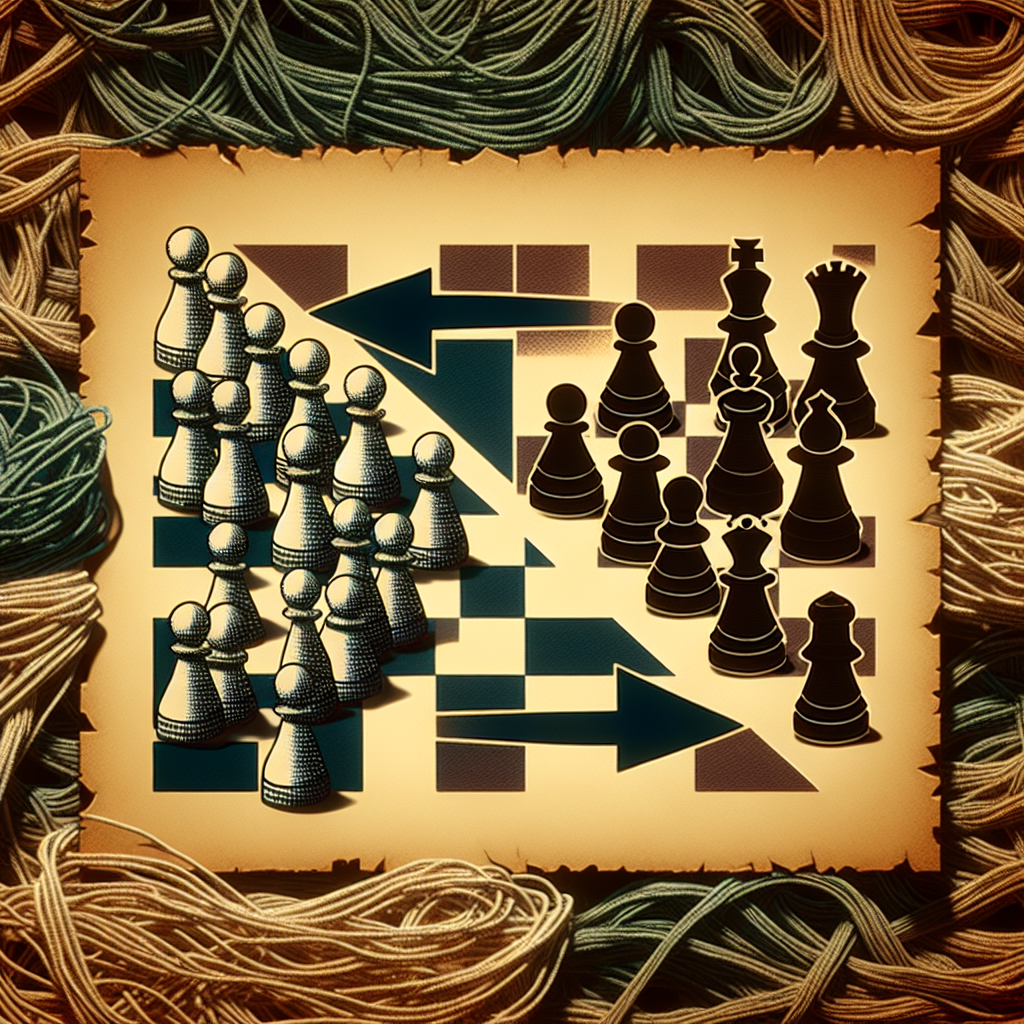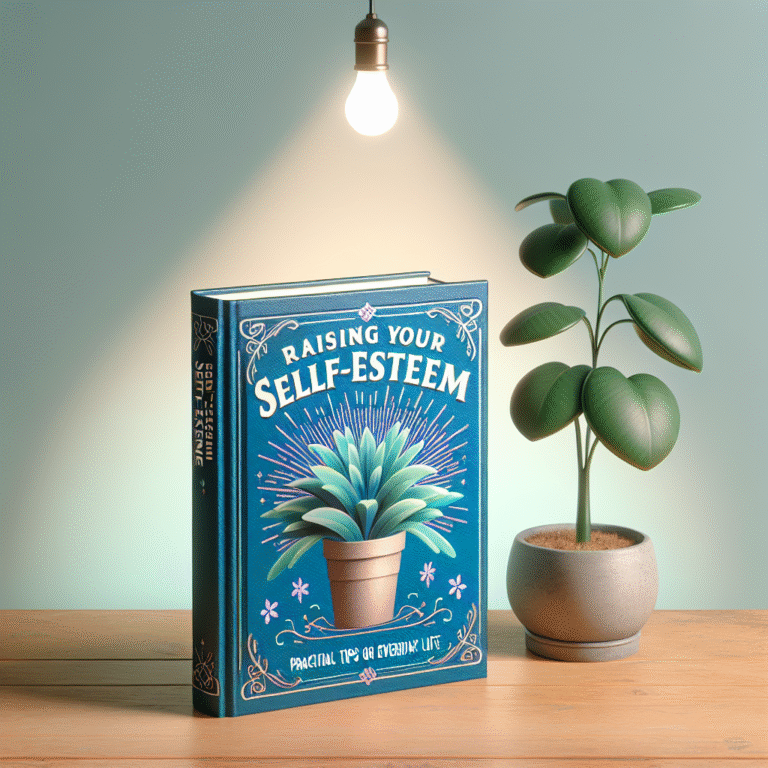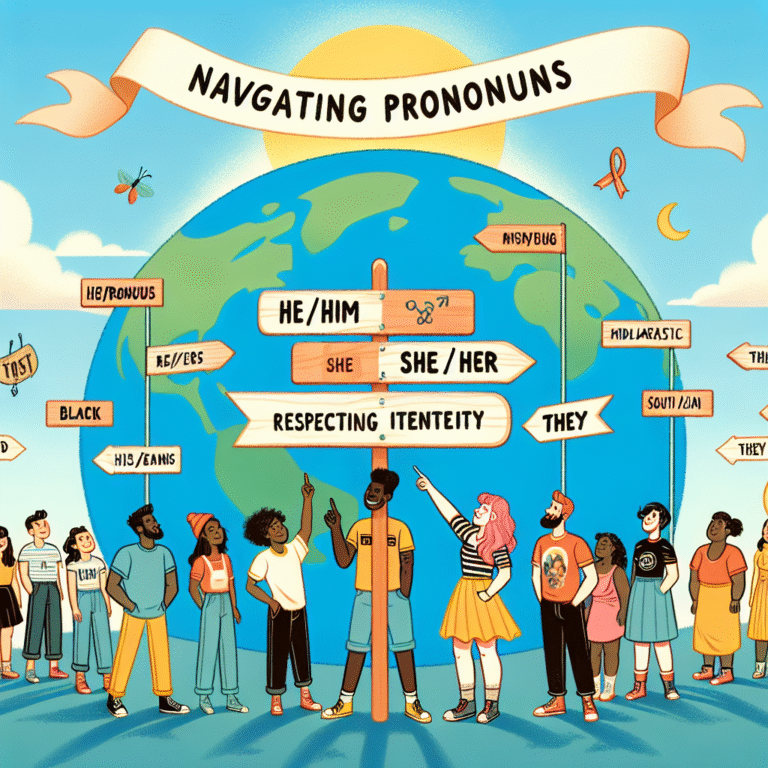
Introduction
In the intricate dance of human relationships, the transformation from allies to adversaries can occur in the blink of an eye. The seemingly innocuous shifts in communication, competition, and collaboration can unravel bonds forged over years, leaving participants bewildered and frustrated. Understanding the complexity of peer interactions is not just an academic exercise but a vital skill in navigating personal and professional landscapes alike. This article delves into From Allies to Adversaries: Understanding the Complexity of Peer Interactions, exploring the nuances that influence relationships, providing insights drawn from various case studies, and offering tools to foster healthier connections.
The Context of Peer Interactions
Defining Peer Relationships
Peer interactions can take place in various settings: workplaces, educational institutions, communities, and social networks. These relationships often begin as supportive alliances, where individuals share common goals, resources, or interests. However, the dynamics of these relationships are inherently fluid and can shift due to a multitude of factors.
Key Factors in Shifting Dynamics
Several elements influence the transition from allies to adversaries:
- Competition: Increased rivalry can create tension, especially in environments with limited resources or recognition.
- Miscommunication: Poor communication can lead to misunderstandings that erode trust.
- Change in Goals: As objectives evolve, alliances that once made sense can become counterproductive.
To grasp these dynamics fully, we can examine real-life case studies that bring clarity to these transitions.
Case Study 1: The Disintegration of Team Harmony
Overview
Consider a tech startup where three co-founders initially collaborate effectively. They share similar visions but have distinct skills—one leads in technology, another in marketing, and the third in finances. As the company grows, their roles become more defined, leading to a natural tension as competition for leadership emerges.
Analysis
At first, their differences are complementary, akin to a well-oiled machine. However, as the stakes rise, the alignment that once held them together begins to falter. Scarcity of equity and differences in strategic vision transform allies into adversaries. The emotional toll of competition and miscommunication leads to breakdowns in trust and cooperation, illustrating the complexities in peer interactions.
Relevance to Understanding Peer Dynamics
This case highlights how shifts in personal ambition and competitive pressures can substantially alter the landscape of a relationship. As firms scale, recognizing and managing these dynamics becomes critical for sustained success.
The Role of Communication in Relationships
Open vs. Closed Communication
Effective communication can act as a buffer against conflicts, whereas closed channels exacerbate misunderstandings.
- Open Communication: Encourages emotional safety, allowing peers to express concerns before they escalate.
- Closed Communication: Often roots itself in fear of conflict and can lead to assumptions that jeopardize relationships.
Incorporating Feedback Mechanisms
Implementing regular feedback loops can bridge the gap between misunderstandings and foster an environment of continuous growth. Using tools like anonymous surveys or team retrospectives can help identify issues before they become adversarial.
Case Study 2: Academic Rivalries
Overview
In a university setting, two students begin a collaborative project, sharing knowledge and resources. However, as the project progresses, the pressure to outperform each other in grades ignites competition—eventually turning them against one another.
Analysis
What started as supportive collaboration disintegrates into sabotage. The once unifying goal of academic success morphs into a battle for recognition. This case serves as a poignant reminder of how external competitive factors can infiltrate even the most supportive of peer relationships.
Insights on the Role of Environment
Academic environments are rife with competition and can turn allies into adversaries when motivation turns inward and individualistic. Understanding these influences is crucial for students and educational institutions alike.
The Psychological Underpinnings
Trust and Its Fragility
Trust is the cornerstone of any peer relationship. However, it can be alarmingly fragile.
- Self-Disclosure: Sharing vulnerabilities can strengthen bonds, but breaches of trust often lead to irreversible damage.
- Conflict Resolution Styles: Different styles (avoidant, confrontational) can either mend or further fracture relationships.
Psychological Safety
A culture of psychological safety encourages open dialogue and reduces fear of negative repercussions. Encouraging peer support programs can significantly enhance this safety and facilitate healthier interactions.
Transitioning from Conflict to Resolution
Mediating Friendships
When disputes arise, mediation can offer pathways back to alliance. Utilizing objective third parties to facilitate discussions can help uncover underlying issues that led to adversarial positions.
Conflict Resolution Strategies
Some effective strategies include:
- Active Listening: Truly understanding the other party’s perspective can dissolve negative sentiments.
- Finding Common Ground: Identifying shared goals can redirect focus and heal breaches.
Case Study 3: Professional Partnerships
Overview
An established firm with long-term partners faces an ethical dilemma. As profits rise, company practices come under scrutiny, prompting a split between partners—some advocating for ethical practices and others for profit maximization.
Analysis
When financial incentives clash with ethical considerations, partnerships that once seem resilient can rapidly deteriorate. This case exemplifies how differing values can expose fractures in alliances, necessitating difficult conversations and, in some cases, severing ties.
Implications for Broader Applications
This scenario emphasizes the importance of aligning values within peer interactions, particularly in professional contexts where ethical foundations are crucial to long-term success.
Charts and Data
Peer Interactions: Factors Leading to Conflict
| Factor | Description | Impact on Relationships |
|---|---|---|
| Competition | Rivalry can create tension | Higher stress, potential sabotage |
| Miscommunication | Poor exchanges lead to misunderstandings | Erosion of trust |
| Role Changes | Shifts in responsibilities can create friction | Confusion regarding alliances |
| Value Misalignment | Differing goals can fracture relationships | Breakdown of previously strong ties |
Resolving Conflict: Effectiveness of Strategies
| Strategy | Effectiveness Rate (Study Sample) | Notes |
|---|---|---|
| Active Listening | 85% effectiveness | Builds empathy through understanding |
| Mediation | 78% effectiveness | Neutral parties can ease tensions |
| Finding Common Ground | 82% effectiveness | Redirects focus on shared objectives |
Conclusion
The path from allies to adversaries is both delicate and dynamic. While circumstances can rapidly alter relationships, understanding the underlying factors at play provides a solid foundation for maintaining healthy interactions.
In a world increasingly defined by collaboration, this understanding is essential—not just for personal well-being but also for professional triumph. As we navigate the complexities of interactions, let’s embrace the lessons learned from case studies and psychological principles, fostering environments where collaboration thrives over competition.
Actionable Insights
- Foster Open Communication: Encourage transparency in conversations to mitigate misunderstandings.
- Develop Conflict Resolution Skills: Equip yourself and your peers with tools to navigate tensions effectively.
- Align Values: Regularly reassess shared goals and values within peer groups to maintain unity.
FAQs
1. What causes peers to turn against each other?
Answer: Factors such as competition, miscommunication, and changing goals can contribute to the erosion of relationships and trust.
2. How can I prevent conflicts with peers?
Answer: Establishing clear communication, regularly revisiting shared goals, and creating a culture of feedback can prevent conflicts.
3. What are signs that a relationship is becoming adversarial?
Answer: Signs include increased competition, passive-aggressive behavior, and withdrawal from open communication.
4. How can mediation help resolve peer conflicts?
Answer: Mediation provides a neutral setting where conflicting parties can openly discuss issues under the guidance of an impartial third party.
5. Are adversarial relationships always negative?
Answer: Not necessarily. Adversarial relationships can sometimes lead to healthy competition, fostering improvement, but they can also damage trust and collaboration if unresolved.
In this complex landscape of human interaction, arming ourselves with insights and understanding can guide us in transforming potential adversarial interactions back into alliances, paving the way for mutual growth and success.


















